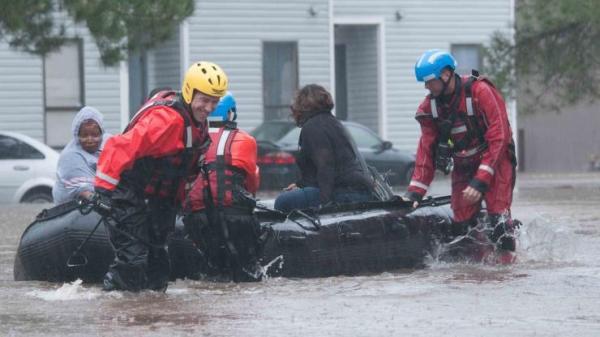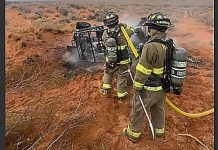
CHARLOTTE, N.C., Oct. 11 (UPI) — North Carolina had 14 of the 21 fatalities related to Hurricane Matthew’s path through the southwestern United States, and the state is bracing for more flooding.
As rescue pulled residents from submerged homes, state officials said Tuesday they expect conditions to worsen in six counties in the next 72 hours, citing the risk ofmore flooding due to rising rivers which increase the risk of dam and levee failures.
Gov. Pat McCrory urged residents to heed warnings to evacuate, saying “If you do not get out, you will pay for issues [involved] to rescue you. You’ll need to be in extreme harm for us to rescue you.”
Flood waters have risen in most of the state’s 100 counties since the two-day deluge caused by the hurricane. The town of Elizabethtown, in southeastern North Carolina, received 18.38 inches of rain, the National Weather Service said, with many communities receiving up to 16 inches of rain. The state’s top wind speed during the hurricane was 86 mph in Brunswick County’s St. James Plantation.
Parts of the I-95 and I-40 highways remain closed. Tuesday the North Carolina Department of Public Safety reported a total of over 2,000 “water rescues;” noted the Tar River in Rocky Mount crested at 28.7 feet, two feet above its record; listed seven counties as having flood warnings issued by the National Weather Service, and reported 911 system outages in five counties and a boil-water advisory for five counties.
President Barack Obama declared a major disaster in North Carolina on Monday and ordered federal aid to supplement recovery efforts. Federal funding is now available to people in Beaufort, Bladen, Columbus, Cumberland, Edgecombe, Hoke, Lenoir, Nash, Pitt, and Robeson counties.
More than 3,000 people remain in shelters.





